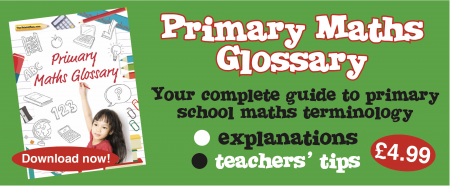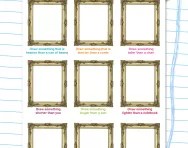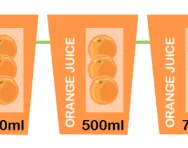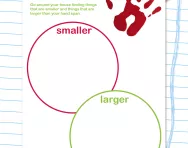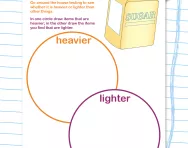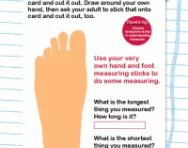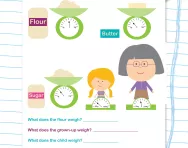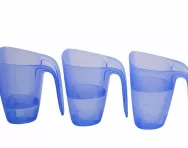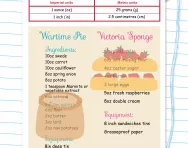Important update from TheSchoolRun
For the past 13 years, TheSchoolRun has been run by a small team of mums working from home, dedicated to providing quality educational resources to primary school parents. Unfortunately, rising supplier costs and falling revenue have made it impossible for us to continue operating, and we’ve had to make the difficult decision to close. The good news: We’ve arranged for another educational provider to take over many of our resources. These will be hosted on a new portal, where the content will be updated and expanded to support your child’s learning.
What this means for subscribers:
- Your subscription is still active, and for now, you can keep using the website as normal — just log in with your usual details to access all our articles and resources*.
- In a few months, all resources will move to the new portal. You’ll continue to have access there until your subscription ends. We’ll send you full details nearer the time.
- As a thank you for your support, we’ll also be sending you 16 primary school eBooks (worth £108.84) to download and keep.
A few changes to be aware of:
- The Learning Journey weekly email has ended, but your child’s plan will still be updated on your dashboard each Monday. Just log in to see the recommended worksheets.
- The 11+ weekly emails have now ended. We sent you all the remaining emails in the series at the end of March — please check your inbox (and spam folder) if you haven’t seen them. You can also follow the full programme here: 11+ Learning Journey.
If you have any questions, please contact us at enquiries@theschoolrun.com. Thank you for being part of our journey it’s been a privilege to support your family’s learning.
*If you need to reset your password, it will still work as usual. Please check your spam folder if the reset email doesn’t appear in your inbox.
What are standard and non-standard units?
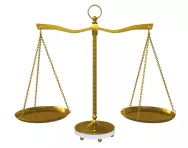
What are standard and non-standard units?
Standard units are the units we usually use to measure the weight, length or capacity of objects. The standard (metric) units that would be discussed at primary school would include: grams and kilograms, centimetres, metres and kilometres, millilitres and litres (though children also learn about imperial units in Year 5 maths).
Measuring with non-standard units
Non-standard units are used by children in Foundation Stage (nursery and Reception) and Year 1, to introduce very young children to the concept of measuring without them having to read any scales. Reading scales of any kind is a challenging skill in itself, so the idea of non-standard measures is to focus the child on the concept of heavier, lighter, longer, shorter, etc. before they go move onto the next step of measuring using standard units.
To measure weight, a child might be given a lever balance (like the one below), a lump of plasticine and lots of equal-sized blocks.
They may be asked to work out how many blocks weigh the same as the lump of plasticine. They may then be given another object, such as a pencil, and asked to work out how many blocks weigh the same as the pencil. If they use fewer blocks this time, they should be able to understand the concept of the plasticine weighing more than the pencil and be able to put this into a sentence verbally, for example:
The plasticine is heavier than the pencil. OR The pencil is lighter than the plasticine.
Another example of using non-standard units would be to use hand span to measure length. For example: a child might be asked to measure the length of their table using their hand span. They would then record how many hand spans the table was and record this. They might then be asked to measure the length of a book. They would need to express what they had learnt verbally with statements such as:
The book is shorter than the table. OR The table is longer than the book.
Children might also be asked to measure capacity in various containers by using small containers to measure amounts of liquid.
Using standard units to measure
Children would be expected to use standard units of measurement in Year 2, where they would learn which equipment and units were appropriate for different objects. For example: they would need to know that you would measure the length of a pencil in centimetres using a ruler, the weight of a bag of sugar in kilograms using weighing scales and the capacity of some water in litres using a measuring jug.
By Year 3 children would continue to do practical work on measuring as in Year 2 as well as problem-solving on paper, and they would also start to learn about the relationship between units of measurement. They would need to know the following facts:
1 kilogram = 1000 grams
1 metre = 100 centimetres
In Year 4 they would need to be able to convert from one unit of measurement to another.
For example: they would need to know that 1.3 litres is the same as 1300ml, or 150cm is the same as 1.5m. They would continue to do practical measuring activities and problem-solving. They may come across problems where they have to convert units of measurement in order to work out the answer. For example:
I am 1.3m tall. My baby sister is 86cm tall. How much taller am I than my sister?
Children would continue this kind of problem-solving in Year 5 and would most likely be required to solve measures problems involving all four operations (addition, subtraction, multiplication and division).
In Year 6, they would again continue this kind of problem-solving, but would be required to convert between units using decimals to three places, for example: change 6.283 kilograms to 6283 grams and vice versa.
